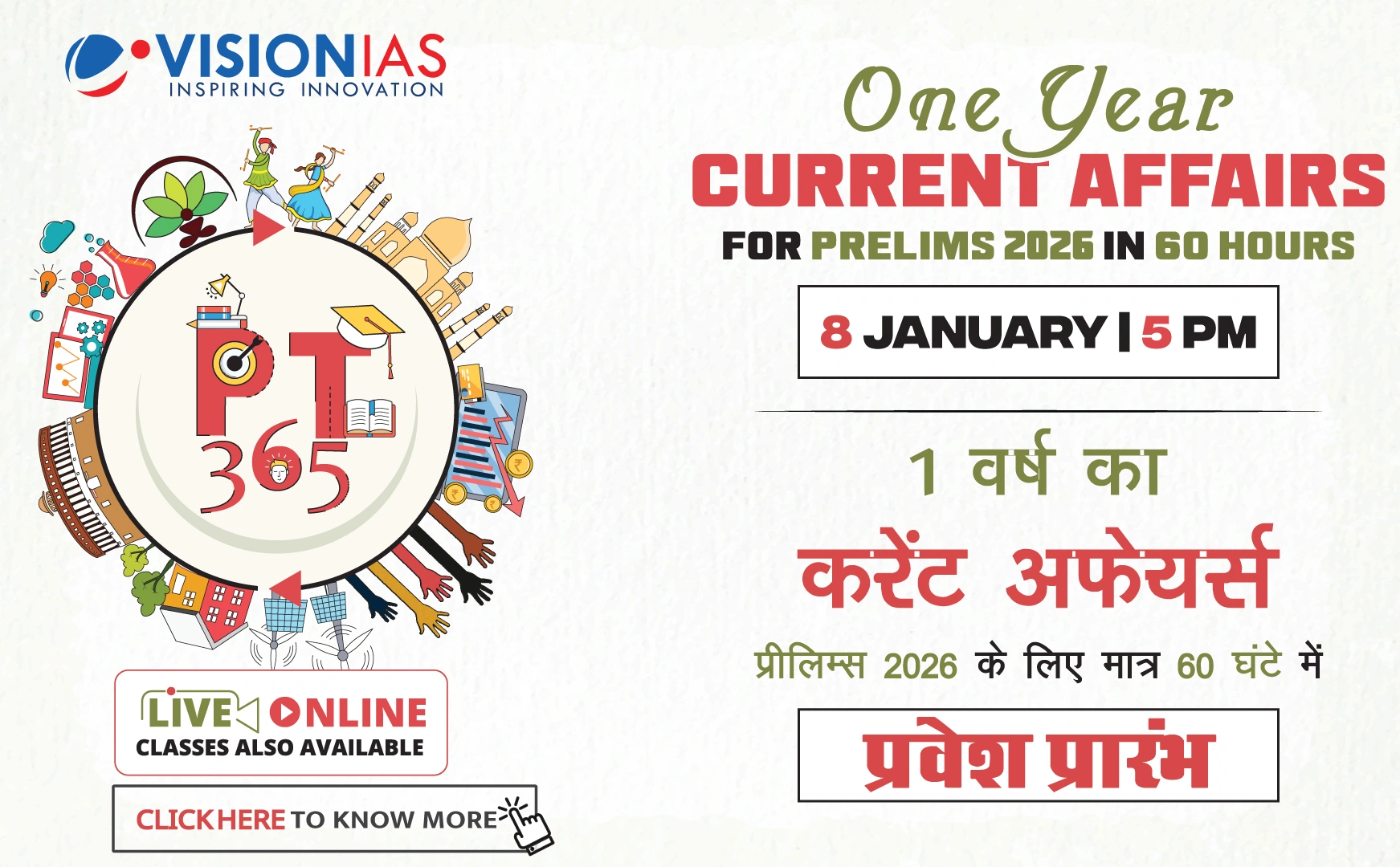Supreme Court's Directive on Domestic Workers
The Supreme Court of India has urged the Union government to explore the possibility of creating a separate law for domestic workers. An inter-ministerial committee is to be formed to evaluate the need for a legal framework for their benefit, protection, and rights regulation.
Current Situation of Domestic Workers
- Vulnerability: Domestic workers lack protection under existing labour laws like the Minimum Wages Act and Equal Remuneration Act.
- Feminised Occupation: The sector primarily consists of women, often from marginalized communities, facing low wages and unfair conditions.
- Job Characteristics:
- Low wages and variable non-wage benefits.
- Increased workloads without extra pay.
- Job insecurity and lack of social security.
- Social Perception: Domestic work is often undervalued and seen as a skill all women should possess, leading to invisibility of workers.
Challenges and Judicial Interventions
- India has not ratified the ILO Convention 189 on Domestic Workers.
- Judicial directives for documentation of placement agencies have not significantly changed the situation.
Complex Employment Systems
- Varied systems: part-time/full-time, live-in/live-out.
- Asymmetric employer-employee relationship where the workplace is a private space.
Need for Inclusive Legislation
- Proof of Employment: Essential for enforcing labour regulations, yet challenging for workers to provide.
- Employer Resistance: Many do not see themselves as employers or homes as workplaces.
Opportunities and Challenges
- Ensuring core entitlements and redressal mechanisms could alter power hierarchies and value domestic work.
- Regional specifics should be considered, drawing lessons from states like Kerala and Delhi.
- Implementation and enforcement of laws remain challenging.
The Supreme Court's directive is seen as an opportunity to campaign for a national law. Effective legislation could redefine power dynamics, giving voice to domestic workers and their unions, depending on the actions taken by the committee and the Union government.



